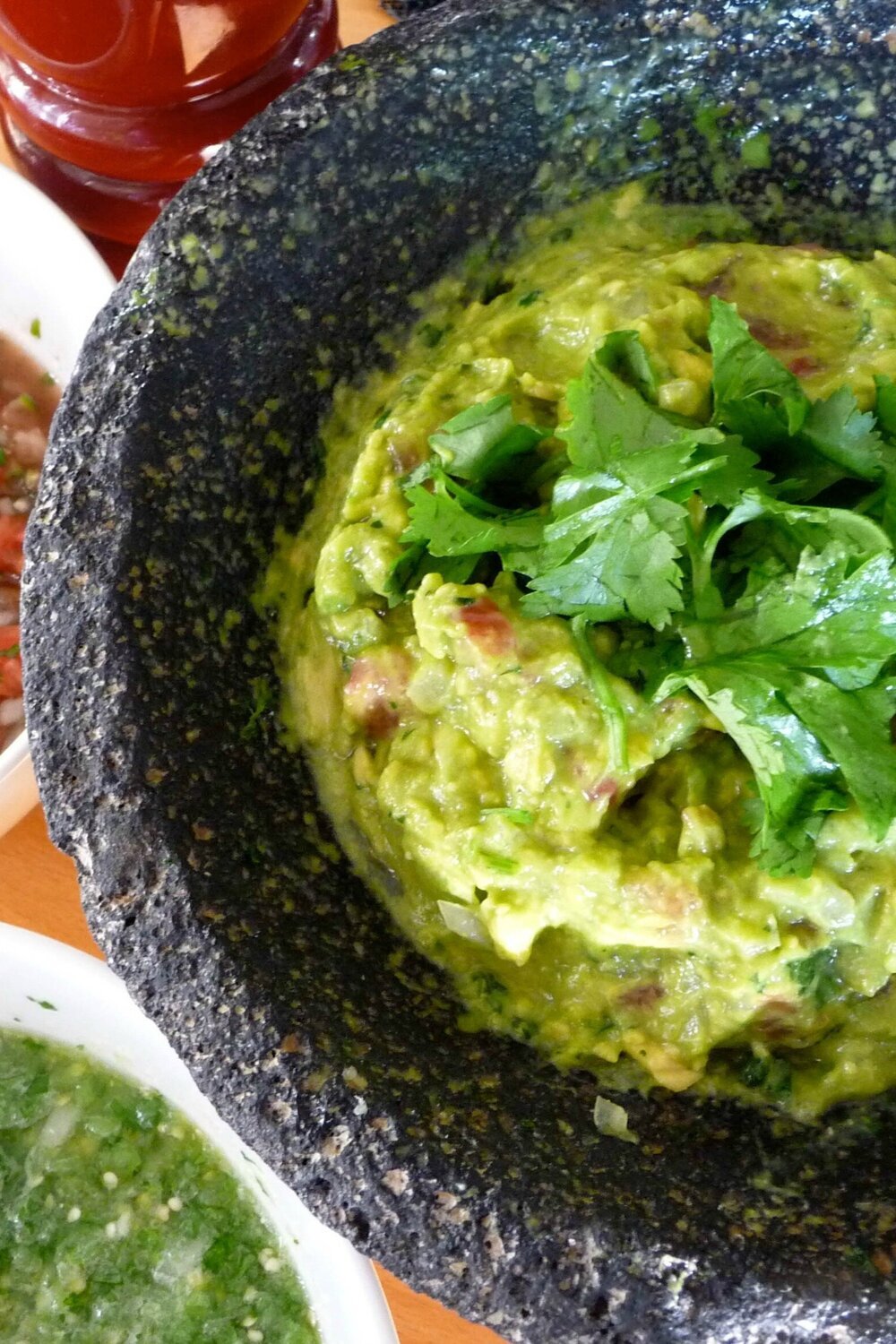By Leslie Brenner
Happy International Women’s Day!
I’ve long believed that when it comes to writing cookbooks, women have a serious edge: Most of my favorite all-time cookbooks were written by women. That’s why throughout March — Women’s History Month — we’ll be featuring cookbooks by some of my favorite female authors, and celebrating their achievements.
We’ll spotlight the authors in various ways: sometimes by honoring an entire long, distinguished career; other times presenting a newer author with a wonderful recent title, or maybe telling you about someone who didn’t write many books, but gave us one or two truly great ones. We’ll also feature standalone reviews of cookbooks by women.
In the past, we have honored a number of our favorite women authors in this way. They include:
• Diana Kennedy (read the story)
• Najmieh Batmanglij (read the story)
• Andrea Nguyen (read the story)
• Toni Tipton-Martin (read the story)
• Dorie Greenspan (read the story)
Build your collection
The first spotlight is coming shortly. Meanwhile, we have collected many of our favorite cookbooks by women in a mini-shop at Bookshop: “Women Have a History of Writing the Best Cookbooks.” We’re thrilled to invite you to browse the shop. Treat yourself (or a cookbook-loving friend) to one or more of the marvelous volumes. In doing so, you’ll be supporting women authors, independent booksellers and Cooks Without Borders (where it will be much appreciated).
Happy browsing, and happy Women’s History Month!



